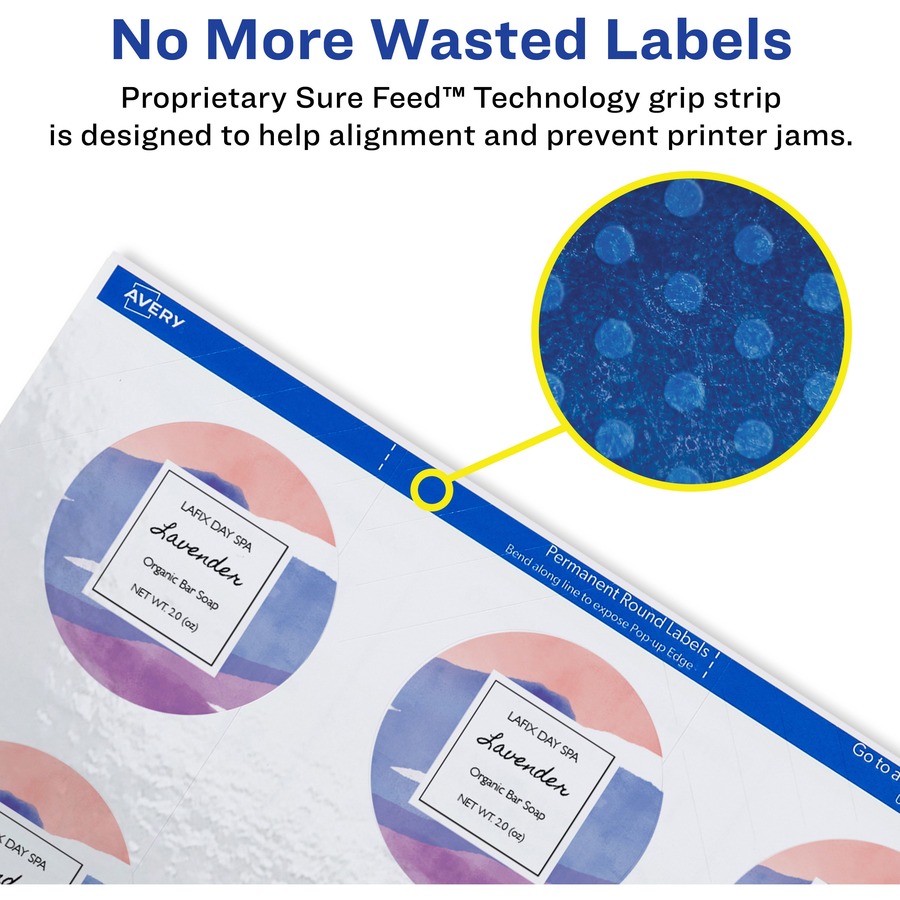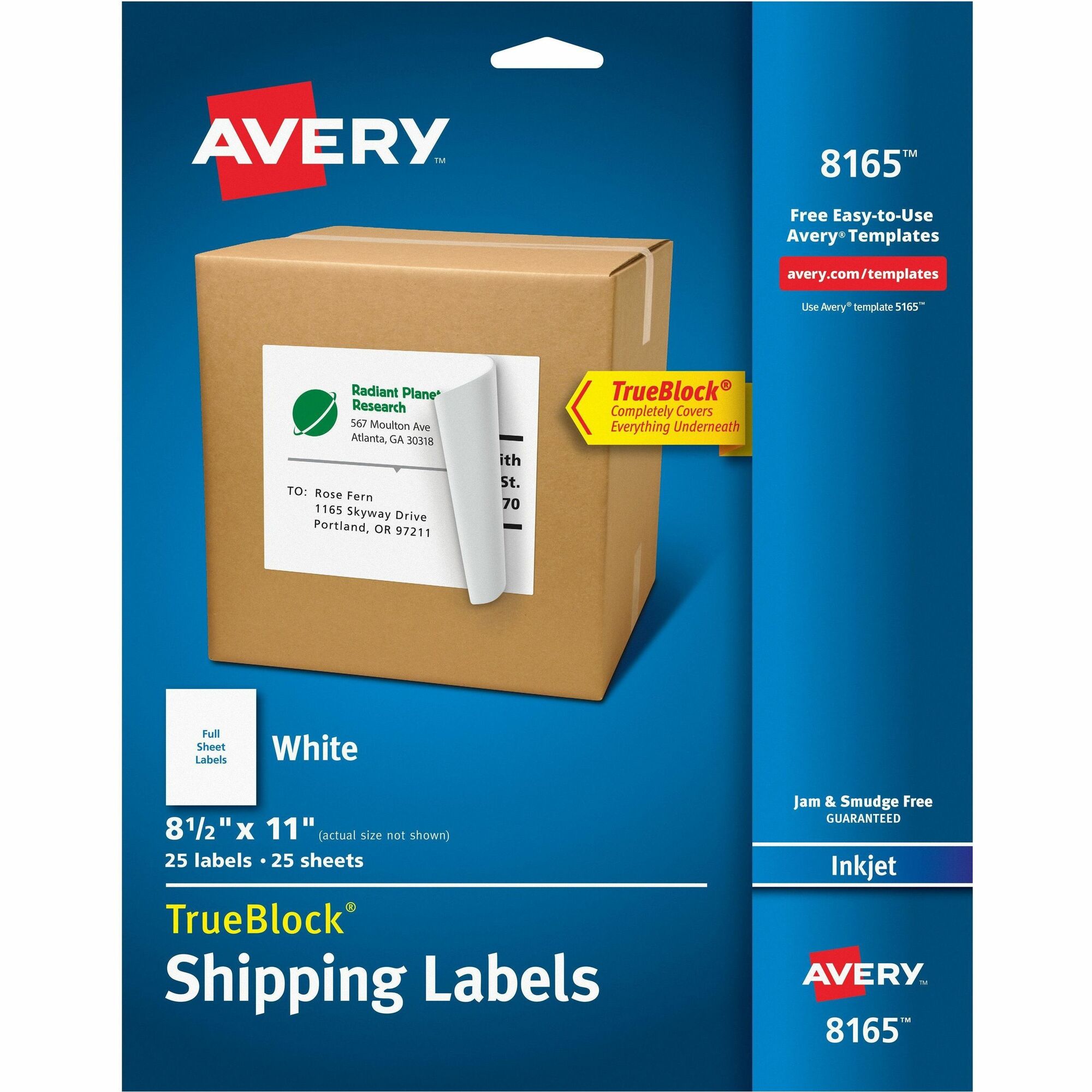

- #INDESIGN DATA MERGE AVERY LABELS HOW TO#
- #INDESIGN DATA MERGE AVERY LABELS GENERATOR#
- #INDESIGN DATA MERGE AVERY LABELS FULL#
- #INDESIGN DATA MERGE AVERY LABELS PORTABLE#
For a large data merge, this can take quite a while. InDesign starts thinking about what to do. (I prefer to presize my images to exact size ahead of time by running an action on the images in Photoshop.) You can also remove blank lines for empty fields or set a maximum number of records in a document.
#INDESIGN DATA MERGE AVERY LABELS HOW TO#
Here you have choices for how to fit images in your graphic placeholder frames. You also want to click on the Options tab. We’ll show you a Multiple Record layout next.) There are also options to generate a report if text gets overset in the process, or to generate an alert when images are missing. (Remember, from our first posting, that a record is the complete set of fields that extend across the row of data. That is, it creates exactly one physical page for each record in the merged document. The layout we’re creating is a Single Record. (This choice has tripped many people up.) But equally important, you need to choose the number of records per document page. The most important panel?Records?is where you select which records you want to include in your merged document. This opens a three-tabbed-panel dialog box. Click the Create Merged Document button (circled above), or choose Create Merged Document from the palette menu. Now, it’s time to create the new data merge document. I selected the data source and linked the data fields with the placeholder frames. When I left you, I had created a reminder card layout in InDesign CS2, and created text and graphic frame placeholders. You’ll find part 1 here, and part 2 here. You can make the gridlines for the labels visible by clicking View > Gridlines.It’s been much longer than I expected finishing this three-part tutorial on InDesign’s Data Merge feature, but it’s been a very busy period for me. Then scroll to find your Avery product number, click OK and OK again. Select Avery from the drop-down menu next to Label Vendors. In older versions, you’ll find the Options setting in Tools at the top of the page. With your Word document open, go to the top of the screen and click Mailings > Labels > Options. Create the barcodes and transfer them to the sheet in WordĪnd here's the step-by-step version: Loading an Avery label sheet from Word’s built-in templates collectionįor this tutorial, we assume you are viewing your Word document in Print Layout.Select or download the Avery label sheet that corresponds with the one you purchased.
#INDESIGN DATA MERGE AVERY LABELS FULL#
It is very easy to populate an Avery label sheet template in Microsoft Word with a folder full of barcodes produced by Barcode Producer’s Automator.
#INDESIGN DATA MERGE AVERY LABELS GENERATOR#
The best, therefore, is to use an industry standard barcode generator like Barcode Producer which creates barcodes as high-resolution images or vector art.īarcode Producer’s built-in Automator module makes it very easy to quickly batch-create unique barcodes that fully comply with industry standards without any need for barcode fonts on your computer.

#INDESIGN DATA MERGE AVERY LABELS PORTABLE#

As part of Avery’s service, you can download label templates that are not yet supported by Microsoft Word. Labels are often created to contain barcodes only. Microsoft develops the industry-standard word processor while Avery manufactures industry-standard labels and label sheets, both for use at home, in the office and in industrial environments.


 0 kommentar(er)
0 kommentar(er)
